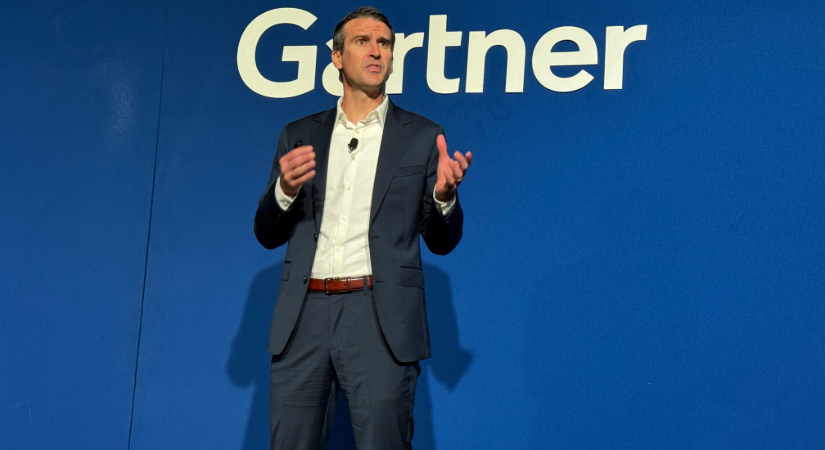Gartner : Supply Chain Adoption of Mobile Robots Will Far Outpace Drones Over Next 3 Years
- Inno-Thought Team

- Aug 21, 2023
- 2 min read
Gartner Hype Cycle Shows Supply Chain Adoption of Mobile Robots Will Far Outpace Drones Over Next Three Years
Technology Advancements Will Enable Supply Chains to Execute More Complex Interactions and Activities on Robots

Smart mobile robot adoption in supply chains is growing rapidly and will far outpace drones over the next three years, according to Gartner, Inc.
In the Gartner report, Hype Cycle for Mobile Robots and Drones, 2023, Gartner experts said that many organizations already deploying mobile robots will expand their fleet in the next three years. It’s likely companies will have hundreds, if not thousands, of mobile robots in use, while drones will be deployed in more targeted ways, such as for inspection at a location or delivery of critical goods like medicines to remote areas.
“By 2027, over 75% of companies will have adopted some form of cyber-physical automation within their warehouse operations,” said Dwight Klappich, Vice President and Fellow in Gartner’s Supply Chain Practice. “Labor shortages and challenges retaining talent, coupled with technology advances such as machine learning and AI, will continue to drive adoption of smart robots.”
This year’s Hype Cycle includes several technologies that have been rated “transformational,” including machine learning (see Figure 1), which is expected to hit mainstream adoption within the next five years. Additionally, many technologies with “high” impact will also mature within the next few years, creating an accelerated market for increasingly capable smart, autonomous and mobile robots and drones.
Figure 1: Gartner Hype Cycle for Mobile Robots and Drones, 2023

Source: Gartner (August, 2023)
Advanced Technologies Accelerate Adoption of Smart Robots
Smart robots are nearing the “Peak of Inflated Expectations” where early publicity produces success stories, but expectations rise above the current reality of what can be achieved. These AI-powered, often-mobile machines help supply chains automate multiple physical tasks. Smart robots can rely on advanced technologies such as machine learning to incorporate tasks into future activities or support unprecedented conditions.
As companies expand their use of robotics, most will eventually have heterogeneous fleets of robots from different vendors performing various tasks, which will require standardized software that can easily integrate to a variety of agents and robot platforms. As such, multiagent orchestration (MAO) platforms, which help orchestrate work are “on the rise” in this year’s Hype Cycle. MAO platforms will reduce the time, effort and cost to onboard new robots and will lower support costs, ultimately making organizations more efficient.
“In the past year, we’ve seen increased interest in smart robots and MAO platforms as companies are looking to further improve logistic operations, support automation and augment humans in various jobs,” Klappich noted. “Rapidly emerging and evolving technologies, like MAO, will enable organizations to leverage heterogeneous fleets of mobile robots to assist with more complex activities, delivering cost savings and productivity benefits.”













































Comments